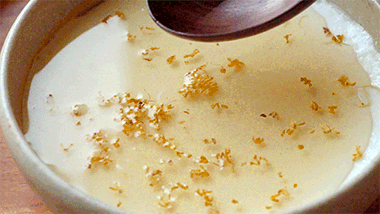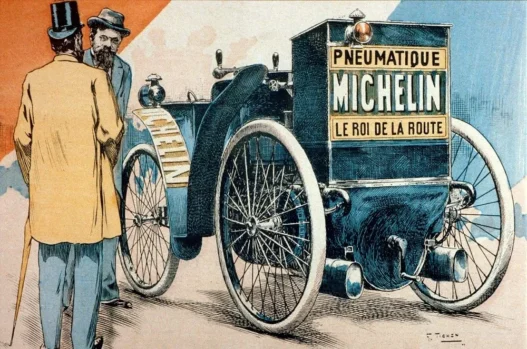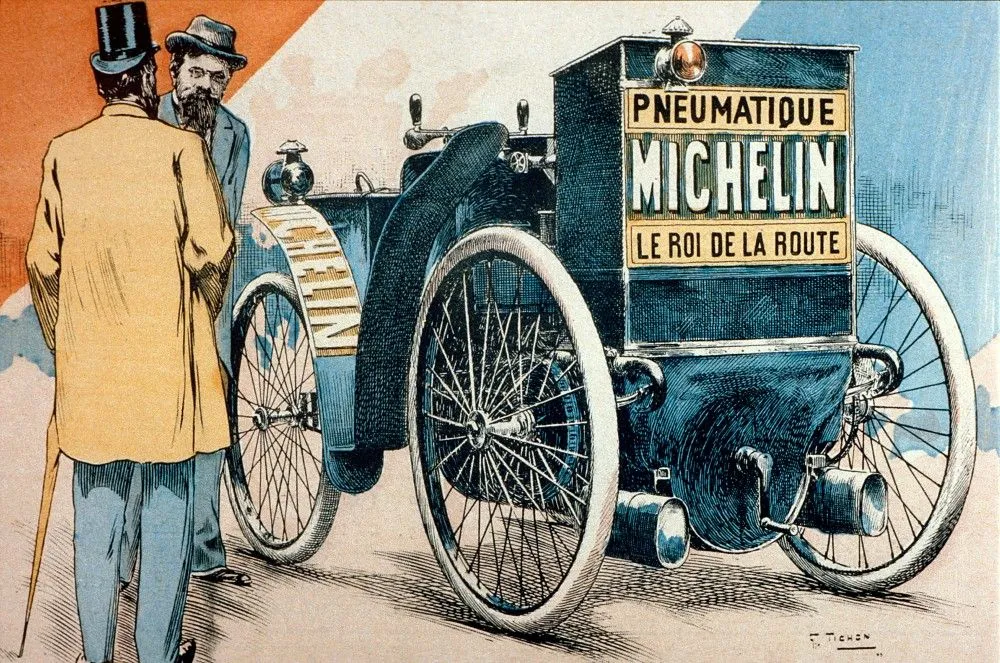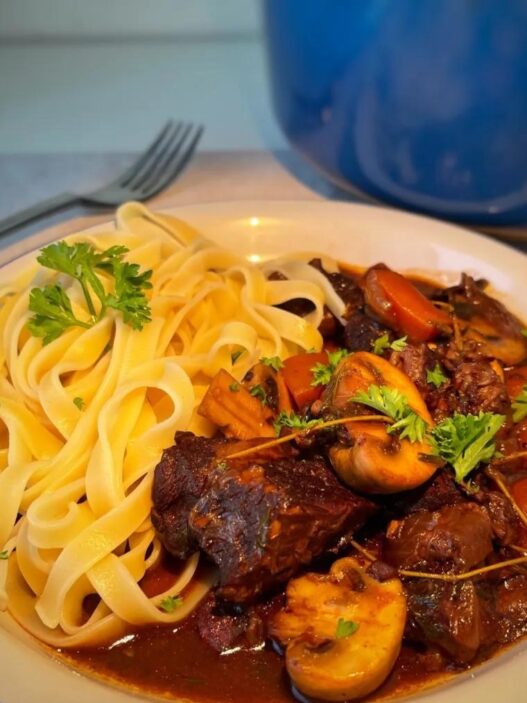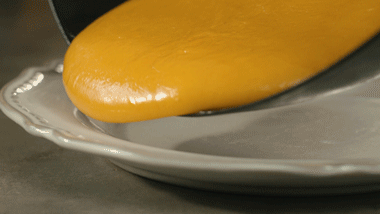When you hear the name Michelin, you might think of tires—or perhaps the prestigious Michelin Guide that ranks the world’s best restaurants. But how did a tire company become one of the most respected names in fine dining? The story of Michelin is one of unexpected twists, innovation, and a little bit of luck.
The Humble Beginnings of Michelin
Michelin started not as a food authority but as a rubber company in the 19th century. It was founded in 1829 by Elisabeth Pugh-Barker, a Scottish entrepreneur, in Clermont-Ferrand, France. She and her husband produced rubber hoses and belts, but after financial struggles, the company went bankrupt in 1886.
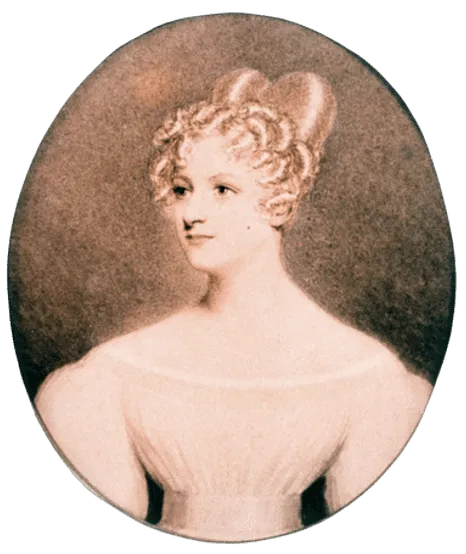
That’s when two brothers, André and Édouard Michelin, stepped in and took over the failing factory. Their first breakthrough product? A silent rubber brake pad for carriages, marketed to wealthy aristocrats seeking a smoother ride. This early focus on luxury set the tone for Michelin’s future branding.
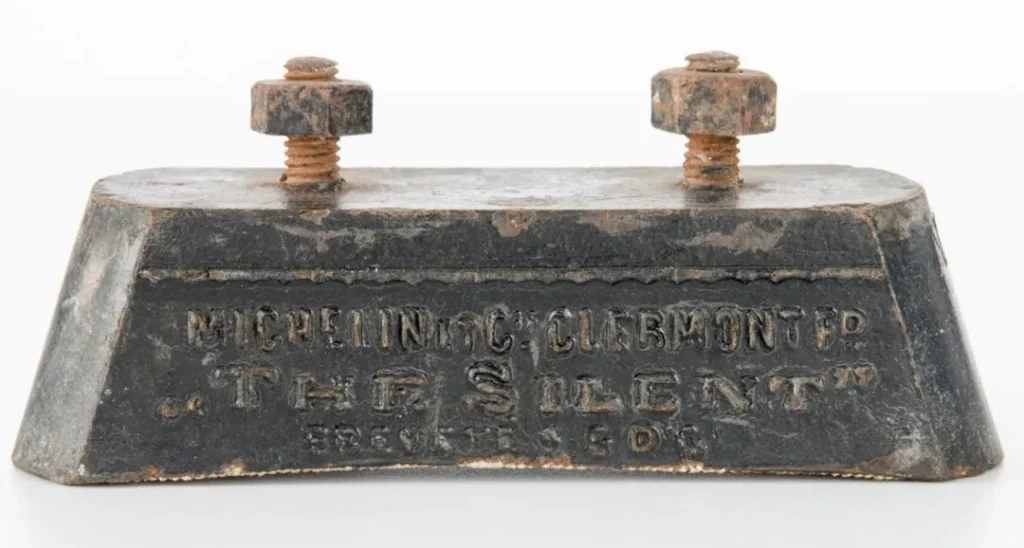
The Birth of the Modern Tire
In 1891, a cyclist arrived at Michelin’s workshop with a punctured pneumatic tire, originally invented by John Boyd Dunlop. At the time, repairing a punctured tire was a nightmare—it required gluing and waiting for the adhesive to dry, which could take hours.
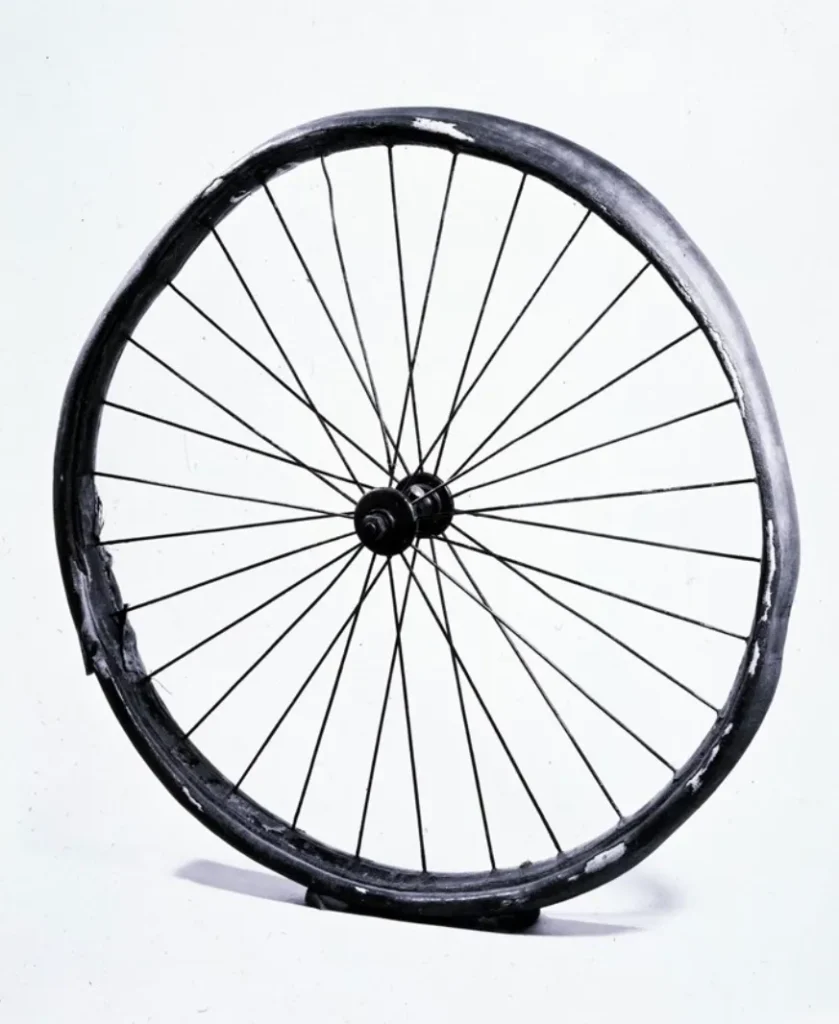
Seeing the potential for improvement, the Michelin brothers developed a removable, repairable pneumatic tire, revolutionizing cycling and later, automobiles. In 1895, they introduced the first car tire, collaborating with Peugeot to build a race car called “Éclair,” which participated in the first-ever endurance car race, the Paris-Bordeaux-Paris Race.
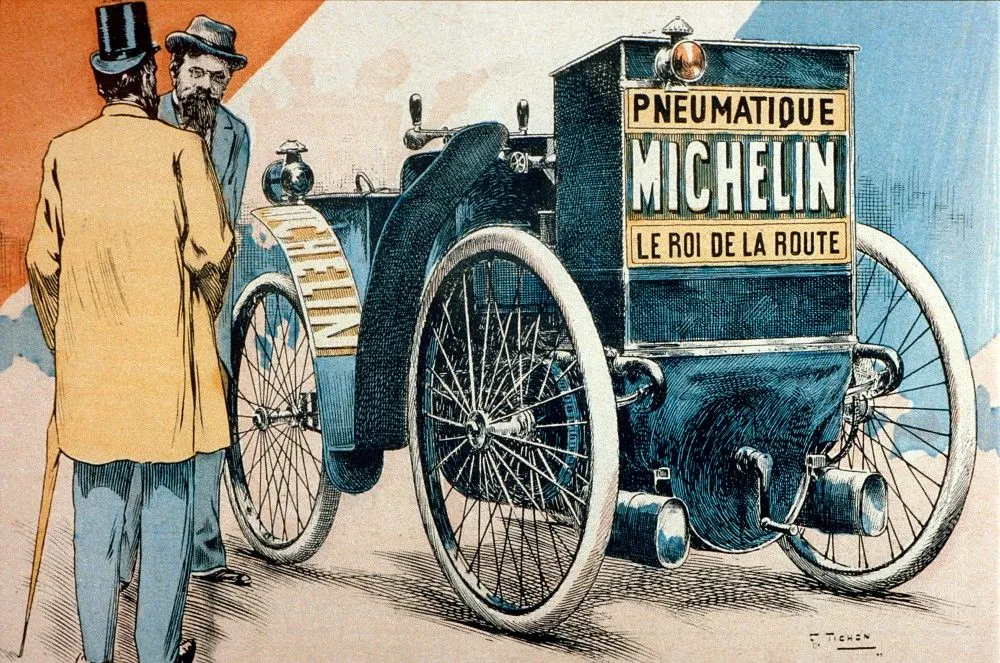
The Creation of the Michelin Man
One day, Édouard Michelin noticed a stack of tires in the factory and remarked that if given arms, it would look like a person. This idea led to the birth of the Michelin Man, also known as Bibendum, designed by French artist Marius Rossillon in 1898. Initially, the mascot had a somewhat eerie, mummy-like appearance but later evolved into the friendly, recognizable figure we know today.
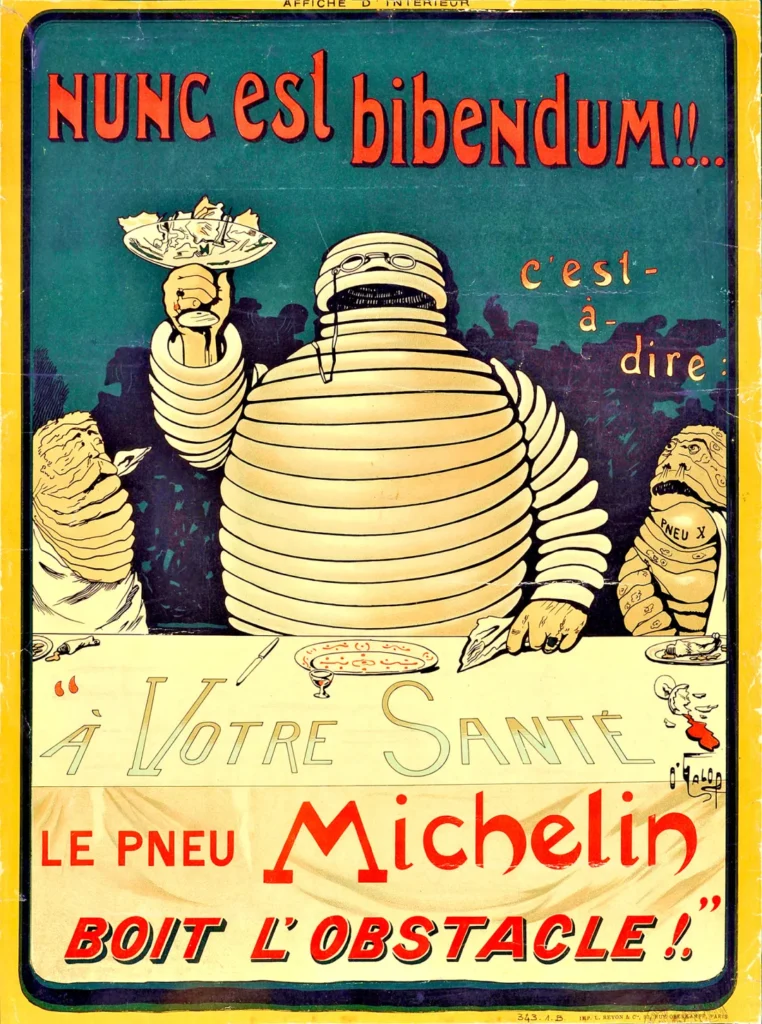
How a Tire Company Started Rating Restaurants
By 1900, automobiles were still a luxury item—there were only 3,000 cars in all of France. But Michelin saw a challenge: cars needed better roads, gas stations, and repair shops. To encourage driving (and thus, tire sales), Michelin published the Michelin Guide, a travel handbook listing service stations, hotels, and restaurants.
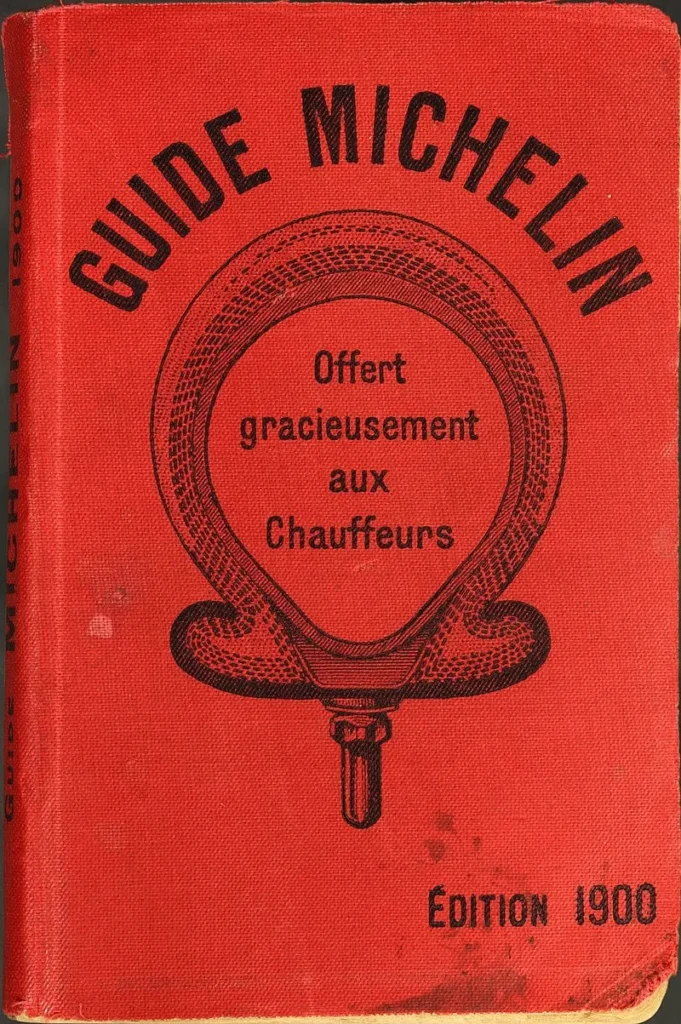
At first, the guide was given away for free, often distributed by tire dealers as a customer perk. But in 1920, the company noticed a mechanic using a Michelin Guide to prop up his workbench. Realizing that people only value what they pay for, Michelin began selling the guide for 7 francs—the equivalent of a day’s wage for a craftsman.
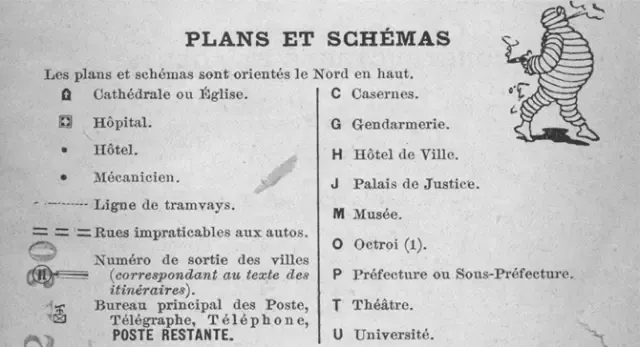
The Birth of the Michelin Star System
As demand for the guide grew, Michelin began sending undercover inspectors to review restaurants. In 1926, they introduced the Michelin star, awarded to exceptional establishments. By 1931, the star system had evolved into the three-tiered ranking still used today:
- ⭐ One star: A very good restaurant in its category.
- ⭐⭐ Two stars: Excellent cooking, worth a detour.
- ⭐⭐⭐ Three stars: Exceptional cuisine, worth a special journey.

From Road Maps to the Culinary Bible
Originally, Michelin’s guides were just practical tools for early car owners. But as the automobile industry grew, so did people’s interest in fine dining. Michelin evolved from a simple tire company into one of the most influential names in global gastronomy.
The irony? The guide was never about food—it was about encouraging people to travel, ensuring they wore out their tires and needed replacements.
Conclusion: A Brand Built on Prestige
Michelin’s journey from rubber to restaurants was not an accident but a brilliant marketing strategy. By associating their brand with luxury and excellence, Michelin created a legacy that spans beyond tires.
So next time you dine at a Michelin-starred restaurant, remember: it all started with a flat tire!





